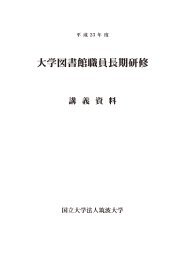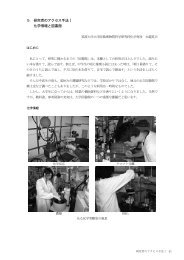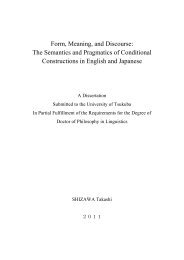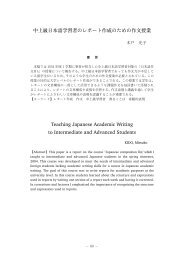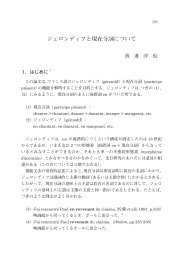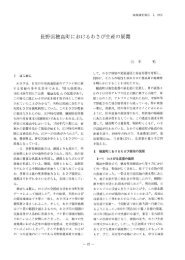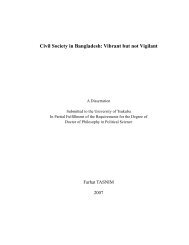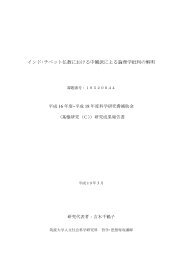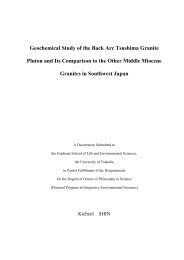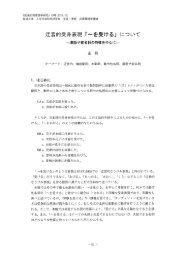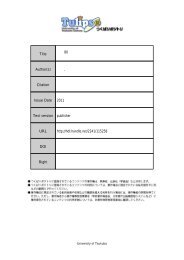Gamma Rays and CarbonIon-Beams Irradiation for Mutation ...
Gamma Rays and CarbonIon-Beams Irradiation for Mutation ...
Gamma Rays and CarbonIon-Beams Irradiation for Mutation ...
Create successful ePaper yourself
Turn your PDF publications into a flip-book with our unique Google optimized e-Paper software.
Tanaka (1999) reported novel genes in Arabidopsis, by using<br />
ion beam irradiation. The ast <strong>and</strong> sepl mutants were obtained from the<br />
offspring of 1,488 carbon ion-irradiated Ml seeds respectively. The uvi1-<br />
uvi4 mutants were also induced from 1,280 M1 lines. Thus, ion beams can<br />
induce not only known mutants such as tt, gl <strong>and</strong> hy also novel mutants<br />
with high frequency. Even in the tt phenotype, was found two new mutant<br />
loci other than know loci. Also in chrysanthemum have been produced<br />
several kinds of single, complex or striped flower-color mutants that has<br />
never induced by gamma irradiation, indicating that ion beams could<br />
produce variety of mutants on the same phenotypes. In conclusion, the<br />
characteristics of ion beams <strong>for</strong> the mutation induction are 1) to induce<br />
mutants with high frequency, 2) to show broad mutation spectrum, <strong>and</strong> 3)<br />
to produce novel mutants. For these reasons, chemical mutagen such as<br />
EMS <strong>and</strong> low LET ionizing radiation such as X-ray s <strong>and</strong> gamma rays will<br />
predominantly induce many but small modifications or DNA damages on<br />
the DNA str<strong>and</strong>s, resulting in producing several point like mutations on the<br />
genome. On the contrary, ion beams as a high LET ionizing radiation will<br />
cause not so many but large <strong>and</strong> irreparable DNA damage locally, resulting<br />
in producing limited number of null mutation. Ion beam-induced mutation<br />
will be useful to produce novel <strong>and</strong> null mutation with high frequency <strong>for</strong><br />
the coming functional genomics. Furthermore, as ion beams could produce<br />
mutant with large DNA alteration such as deletion <strong>and</strong> inversion.<br />
Shikazono et al. (2003) reported novel tt mutants in Arabidopsis<br />
thaliana induced by ion-beams. They demonstrated from the present study<br />
that the frequencies of embryonic lethal <strong>and</strong> chlorophyll-deficient mutants<br />
induced by carbon ions with 11-fold <strong>and</strong> 7.8-fold higher, respectively, than<br />
those induced by electrons <strong>and</strong> that the mutation rate per Gray of carbon<br />
ions (1.9 x 10 -6 /Gy) was 17-fold higher than that of electrons. It is known<br />
that carbon ions have a LET 500-fold higher than that of electrons. The<br />
22



